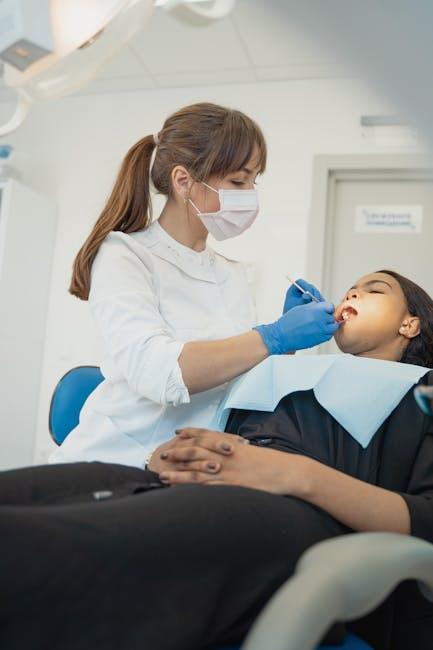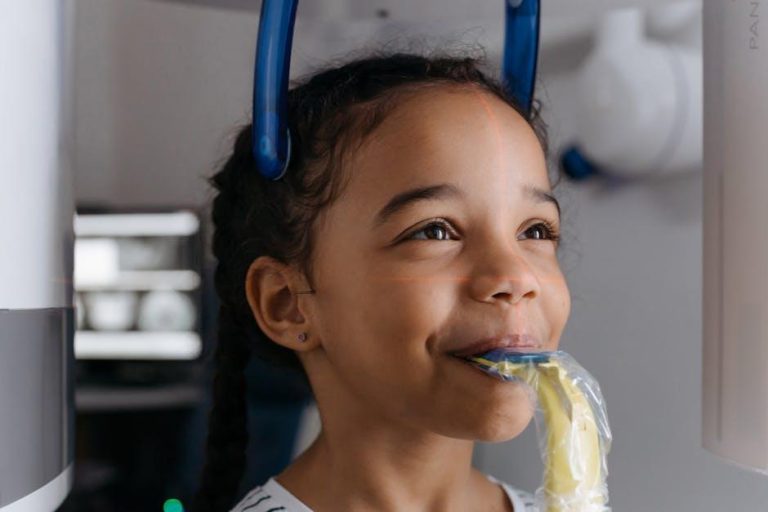
What to Know Before Your Child Has a Dental Procedure Involving Anesthesia – News 9
Dental procedures involving anesthesia can seem intimidating for parents and children alike. Whether your child needs routine cavity treatment, tooth extraction, or more complex dental work, understanding what to expect with anesthesia is vital for a smooth, safe experience. In this comprehensive guide, presented by News 9, we’ll walk you through everything you need to know—from preparation and benefits to safety tips and recovery advice. Let’s ensure your child’s dental appointment is as comfortable and worry-free as possible.
Understanding Pediatric Dental Anesthesia
Dental anesthesia in children is used to minimize pain, anxiety, and discomfort during procedures. Anesthesia types range from local anesthesia, which numbs a small area, to sedation and general anesthesia, which put the child in a relaxed or unconscious state.
Common Types of Anesthesia Used in Pediatric Dentistry
- Local Anesthesia: Numbs a specific area in the mouth. Child remains awake.
- Minimal Sedation (Laughing Gas): Helps reduce anxiety, child stays responsive.
- Moderate Sedation: Child may feel drowsy but can respond to instructions.
- Deep Sedation & General Anesthesia: Child is unconscious and unaware of the procedure.
Why Anesthesia May Be Necessary for Your Child’s Dental Work
Several reasons can make anesthesia the best choice for your child’s dental care:
- Extensive dental treatment that requires your child to remain still for a long period.
- High levels of dental anxiety or fear that prevent cooperation.
- Young age or developmental disabilities that make behavioral management difficult.
- The procedure is complex or invasive, such as extractions or root canals.
Preparing for Your Child’s Dental Procedure with Anesthesia
Preparation is key to a successful dental procedure involving anesthesia. Here’s what you should do before the appointment:
Pre-Procedure Checklist
| Step | Action | Why It Matters |
|---|---|---|
| Consultation | Discuss child’s medical history and allergies with the dentist/anesthesiologist | Ensures safe anesthesia plan tailored to your child |
| Fasting Guidelines | Follow the exact food and drink restrictions before anesthesia | Reduces risk of aspiration and complications during anesthesia |
| Medication Instructions | Inform dentist about current meds and ask if any should be paused | Prevents harmful interactions and ensures safety |
| Comfort Items | Bring favorite toy or blanket | Helps reduce anxiety and provides comfort |
| Transportation | Arrange for someone to drive your child home after the procedure | Child will not be allowed to drive or use public transportation post-anesthesia |
What to Expect During the Procedure
On the day of the dental procedure, the dental team will monitor your child’s vital signs and carefully administer anesthesia. Here’s a general idea of the timeline:
- Arrival and Check-In: Confirm all medical details and anesthesia plan.
- Induction of Anesthesia: Your child will be gradually sedated or anesthetized.
- Dental Treatment: The dentist completes the procedure while your child is comfortable.
- Recovery: Your child is carefully monitored until they wake up and meet discharge criteria.
Safety of Anesthesia in Pediatric Dentistry
One of the biggest worries for parents is safety. The good news: anesthesia in pediatric dentistry is generally very safe when administered by licensed professionals following rigorous protocols. Key safety considerations include:
- Experienced Anesthesiology Team: Ensure your child’s provider is board-certified and experienced with pediatric anesthesia.
- Pre-Procedure Screening: Medical history review helps identify any risk factors.
- Proper Monitoring: Continuous monitoring of oxygen, heart rate, and breathing during the procedure.
- Post-Procedure Care: Close supervision to detect and manage any side effects or complications.
Practical Tips for Parents
As a parent, you play a vital role in making your child’s experience positive. Here are some helpful tips ahead of your child’s dental procedure involving anesthesia:
- Stay Calm and Reassuring: Children pick up on parental emotions—keep a calm, confident attitude.
- Explain the Process in Simple Terms: Use age-appropriate language to describe what will happen.
- Follow Pre-Op Instructions Rigorously: Avoid feeding your child after the specified fasting time to prevent complications.
- Prepare for Post-Procedure Drowsiness: Arrange a comfortable space at home for resting after the appointment.
- Keep Emergency Contacts Handy: Know who to call if you have questions or concerns after the procedure.
Case Study: A Positive Experience with Dental Anesthesia
Take the story of 5-year-old Emma, who needed multiple cavities treated under general anesthesia due to her anxiety. Emma’s parents diligently followed all pre-op guidelines, bringing her favorite stuffed animal and maintaining a soothing tone throughout. The procedure went smoothly, and Emma was closely monitored post-op until fully alert. Within days, she was pain-free, happy, and excited for her next check-up. This case showcases how proper preparation and care can result in a stress-free experience for both child and parent.
Recovery & Aftercare
Post-anesthesia recovery varies but here’s what to expect and do at home:
- Keep your child resting for several hours.
- Offer small sips of water to keep them hydrated (unless otherwise directed).
- Watch for signs like vomiting, extreme drowsiness, or difficulty breathing and contact your dentist or emergency services if concerned.
- Follow all medication and oral care instructions provided.
FAQs About Dental Procedures with Anesthesia for Kids
| Question | Answer |
|---|---|
| Is anesthesia painful for children? | No, anesthesia is administered carefully to avoid pain, and it helps your child stay comfortable. |
| How long will my child be under anesthesia? | The length depends on the procedure but is kept as short as possible for safety. |
| When can my child eat after anesthesia? | Usually after full recovery and as recommended by your dentist, often starting with clear liquids. |
| Are there risks involved with anesthesia? | While risks exist, they are very low and minimized with professional care and screening. |
Conclusion: Empowering Parents for Safe Dental Care
Facing a dental procedure involving anesthesia for your child can be nerve-wracking, but with the right information and support, it can also be a positive and safe experience. Remember to talk openly with your child’s dental providers, follow all instructions carefully, and prepare your child both emotionally and physically. Doing so ensures your child’s dental health journey is smooth, effective, and even comforting. Stay informed and proactive to provide your child the best possible care—because every smile deserves gentle hands.


